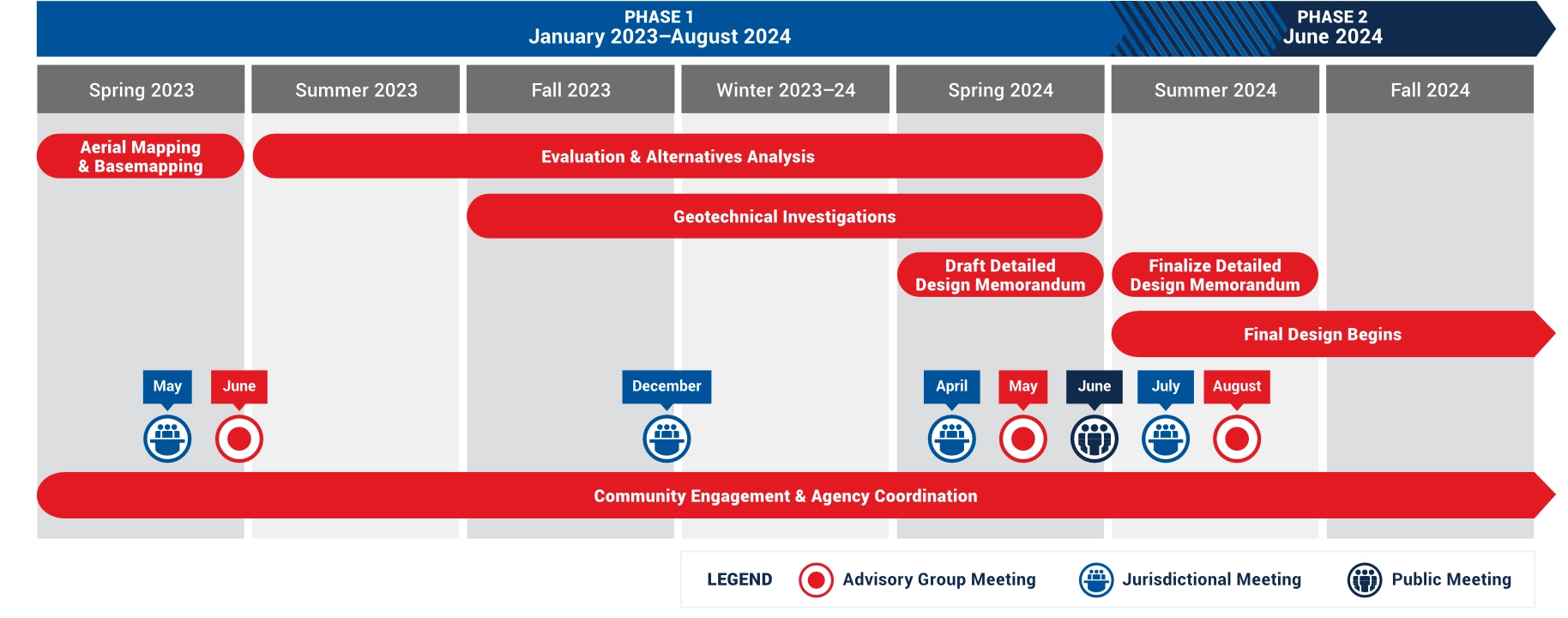“Water is the driving force of all nature.” – Leonardo da Vinci

Project Overview
To meet the growing need for clean, safe drinking water in central Ohio, the City of Columbus is building a fourth water plant along the Scioto River near the corner of Home and Dublin roads in Delaware County. Water transmission mains – large pipes approximately 42-60 inches in diameter – will be built to directly connect the new Home Road water plant to the Department of Public Utilities water distribution system near the Blazer Parkway area and other strategic areas in northwest Columbus.
These needed improvements will provide additional treatment capacity, increased reliability, and relief to the three existing Columbus water plants. Once the new plant and water transmission mains are operational, overall system capacity will increase to meet the needs of the public. The current average daily volume required by the public is 145 million gallons per day (MGD) and is expected to increase to 175 MGD in the near future. This additional demand will be partially met by the new Home Road water plant.
Route alignments for the water transmission mains have not yet been determined. Phase 1 of the project will identify, evaluate and select up to three route alignment alternatives based on the accessibility of the water mains, business and residential impacts, availability of easements, environmental impacts, traffic and active transportation impacts, utility conflicts, overall costs, and other identified risks.
Announcements
Public Meeting #2
Learn the latest about the new Home Road Water Plant and Water Plant Transmission Mains projects. Click HERE to review the December 3, 2024 public meeting presentation.
FIELD INVESTIGATIONS
Before new transmission main locations can be confirmed, survey crews need to conduct a series of investigations and field surveys. These investigations are occurring within road right-of-way areas throughout 2025.
The City of Columbus is notifying adjacent property owners and occupants by mailing notification letters. The City of Dublin is assisting with this effort and also notifying residents about these activities on NextDoor and other communication channels.
Sample notifications are shown below.
Weekly Field Activities
FIELD SURVEY & INVESTIGATIONS
WATER WELL COLLECTION | Friday, July 18th | 7:00 a.m. and 7:00 p.m. | Survey Team: Eagon & Associates
We will be collecting water levels at previously installed monitoring wells along all WPTM alignments. All testing will occur within the public right-of-way of the City of Dublin and Concord Township.
____________________
TREE SURVEY | Wednesday, June 18th through Friday, August 1, 2025 | 7:00 a.m. and 7:00 p.m. | Survey Team: Ahlum & Arbor
Field crews will be in your area to conduct a tree survey along the current planned transmission main corridors. Arborists will conduct field walks to develop and document a tree inventory. This includes identifying each tree’s species, size (diameter), and condition. We do not need to enter your home or building. All field work will be conducted within the public right-of-way of the City of Dublin.
FIELD SURVEYS, INVESTIGATIONS and the POTENTIAL INSTALLATION OF TEMPORARY GROUNDWATER MONITORING WELLS | Monday, July 7 through the end of 2025 | Survey Teams: 7NT, Aldea Services, ASC Group, DHDC Engineering Consulting Services, Eagon & Associates, Resource International, Stone Environmental and the City of Columbus
Several field crews will conduct ecological and archaeological surveys, field walks, geotechnical investigations, topographical surveys, subsurface utility engineering (SUE) investigations, and potentially install temporary groundwater monitoring wells within the City of Dublin. Crews will need to access private property to complete this work. We do not need to enter any homes, permanent impacts to yards or property are not expected, nor are traffic impacts expected.
Private property owners noted above have been mailed a right-of-entry letter on June 25, 2025. Door hangers will be placed at private properties, if applicable, 48 hours before work is to be initiated.
This fieldwork on private property may include:
- Archaeological survey – A professional archaeologist will conduct a field walk to examine evidence of any remnant architectural features and prehistoric mounds. If these resources are present, the archaeologist will also conduct subsurface investigations, which involve a series of shovel test pits (up to 4 inches deep and 20 inches wide) excavated at 50-foot intervals for documentation. Upon completion, test pits will be refilled, and no loose soil will be visible.
- Ecological survey – An ecological survey assesses the potential ecological impact of a proposed development. A professional ecologist will conduct a field walk and a shallow soil excavation (up to 16 inches deep and up to 6 inches wide) to observe the possible presence of these resources. Upon completion, the soil will be placed back into the excavated hole. This may include any environmental impact a proposed development may have on natural resources, such as streams, wetlands, vegetation and listed species.
- Soil boring – A soil boring involves drilling a hole into the ground to collect samples of soil and rock. This process determines the physical and chemical properties of the soil and assesses the site’s suitability for various engineering needs. These investigations involve the excavation (drilling) of a test hole by an excavation crew and a geotechnical drilling rig. Soil borings range from 15 to 30 feet deep. Upon completion, soil boring sites will be restored to pre-existing conditions.
- Subsurface Utility Engineering (SUE) investigation – SUE investigations involve identifying, locating, and mapping underground utilities, including water lines, gas pipes, electrical conduits, and communication cables, to ensure that future construction activities do not inadvertently damage these assets. These investigations will allow the project team to collect reliable and accurate underground utility information, eliminate future utility conflicts, and enhance overall safety during project construction. SUE investigations involve the excavation (drilling) of test holes by a two-man excavation crew and a vacuum truck. These test holes are typically 12 inches in diameter, with a depth of no more than eight feet. Following the field investigation, each test hole will be backfilled and repaved daily, as per the approved permit.
- Temporary monitoring well installation – A monitoring well is a hole drilled into the ground (similar to a soil boring) to measure water level elevation. Pipe jackings are used within the ground to obtain a representative groundwater sample.
- If groundwater is encountered during soil boring activities, our team may install a temporary groundwater monitoring well at that location on your property. This will enable us to collect additional data on groundwater levels and quality, supporting the design and future construction of the new transmission mains.
- Wells are two inches in diameter and installed flush with the ground surface within a small concrete surface seal measuring approximately 12 inches. They will be secured by a steel lid, which will be bolted closed to protect the wells. Wells will be accessed monthly to collect water-level data over a five-year period and will be re-secured when not in use. Once the monitoring period is over, we will remove the well and the area will be restored to its original condition. This work is part of our commitment to protecting local groundwater resources.



